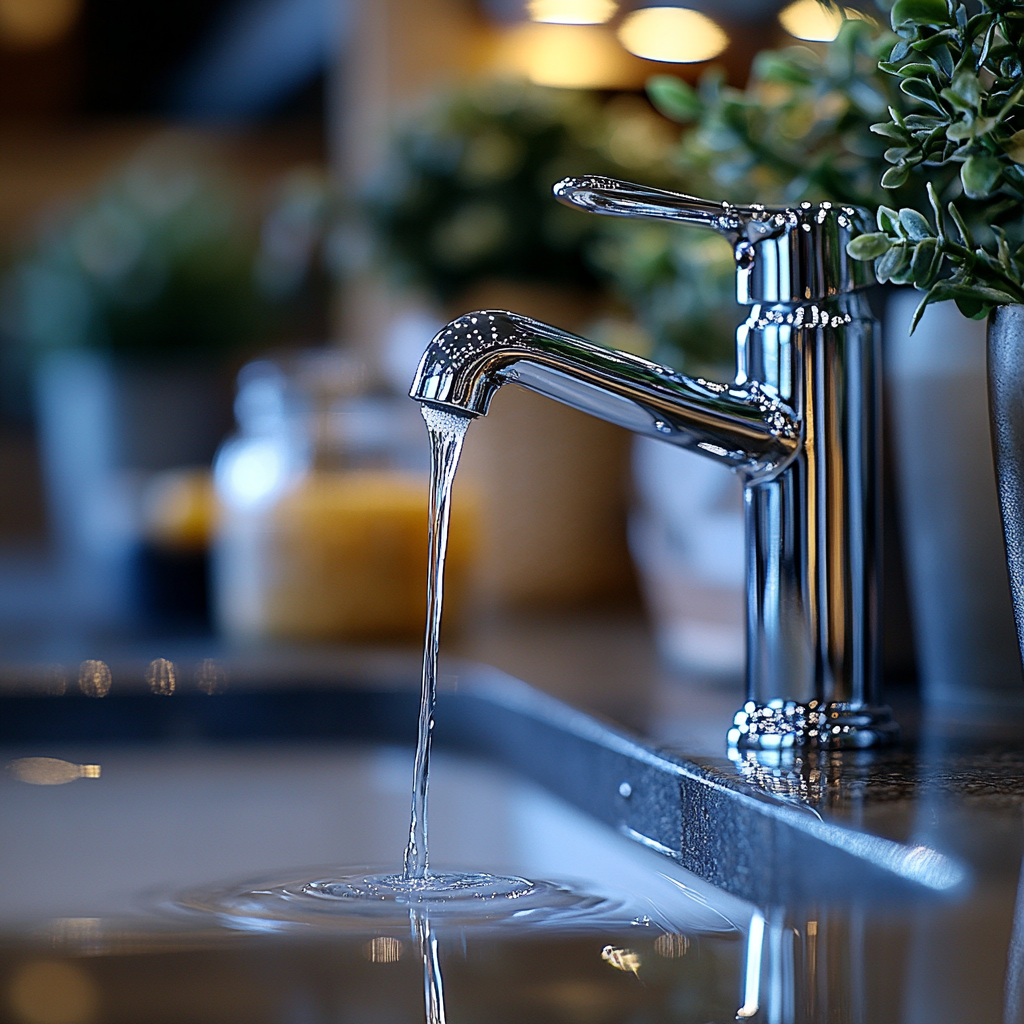
Men’s urinary leakage. It’s a topic many men avoid, even with their doctors. But it’s more common than you think, and there’s no need to feel embarrassed.
Whether it’s a dribble or a sudden urge, men’s urinary leakage, or incontinence, can impact your life. From confidence at work to intimacy with your partner, leakage can be disruptive. But help is available, and you are not alone.
Understanding Men’s Urinary Leakage
Men’s urinary leakage, or male urinary incontinence, is the involuntary loss of urine. Several types exist, each with different causes. Understanding these distinctions is the first step toward finding the right solution.
Types of Men’s Urinary Leakage
Stress incontinence happens when pressure on your bladder causes urine leakage. This can occur during activities like coughing, sneezing, laughing, or lifting heavy objects.
Urge incontinence, also known as overactive bladder (OAB), is a sudden, intense urge to urinate followed by leakage. You might rush to the bathroom frequently, even waking up at night to urinate.
Overflow incontinence is the incomplete emptying of the bladder, leading to frequent dribbling. This may indicate a blockage within the urinary tract. Overflow incontinence may also mean that the bladder muscles are weak.
Functional incontinence arises from physical limitations, such as severe arthritis, that prevent you from reaching the toilet. This type of incontinence isn’t related to the bladder’s health itself. Conditions like these impact your physical capabilities, hindering quick access to restrooms.
Mixed incontinence combines symptoms of multiple incontinence types, typically stress and urge incontinence. Mixed incontinence is marked by involuntary urine leakage, paired with urgent bathroom needs. Managing this often requires addressing aspects of both conditions.
Causes of Men’s Urinary Leakage
Several factors contribute to this health issue. An enlarged prostate, or benign prostatic hyperplasia (BPH), is a common culprit.
As men age, the prostate gland can enlarge and constrict the urethra. This makes urination difficult and can even cause blockages. This restriction on the urethra leads to various incontinence issues.
Prostate cancer treatments, like prostate surgery or radiation therapy, can also cause urinary incontinence. These treatments may damage nerves or muscles vital for bladder control. Injuries can also impact the bladder muscles and cause urine leakage.
Certain medications, like antidepressants, antihistamines, and calcium channel blockers, can trigger bladder problems. Other factors like carrying extra weight, diabetes, fecal impaction, and alcohol can play a role. Neurological conditions like Parkinson’s disease and stroke can disrupt bladder signals.
Managing Men’s Urinary Leakage: Your Options
Managing men’s urinary leakage involves various strategies. These address underlying causes and alleviate symptoms, ranging from simple exercises to medical procedures. Treatment for incontinence will be highly tailored to individual cases. Consulting with medical professionals ensures targeted treatment for effective management. The options often vary by the specific issue or underlying conditions involved.
Lifestyle Adjustments to Improve Urinary Health
Small changes in your daily routine can make a difference. These include timing fluid intake and managing dietary triggers. These changes may involve techniques like bladder training and “double voiding.” Double voiding is urinating twice within a short time to better empty the bladder. This is particularly helpful for managing overflow incontinence.
Exercises and Techniques for Better Bladder Control
Strengthening pelvic floor muscles, which help control urination, is crucial. Kegel exercises, involving contracting and relaxing pelvic floor muscles, can significantly improve bladder control.
These muscle exercises target the specific muscles involved in urination. It’s about increasing the strength and responsiveness of those pelvic floor muscles.
Medical Treatment for Leakage
Various medical interventions, medications, and surgical options can provide effective solutions. Medications, absorbent pads, behavioral techniques, and medical advice offer solutions. These methods vary from medications to surgical interventions. This allows a targeted approach for different conditions and severities. There’s not just one “best way”; there’s what is best for *you*.
For urge incontinence, behavioral techniques or medications can be helpful. Men with overflow incontinence might need a catheter. Surgical options include minimally invasive procedures and the insertion of an artificial urinary sphincter. A capture device can be considered for urine leakage control as well.
An artificial urinary sphincter is surgically implanted to enhance urethral closure. For more severe issues, surgery may be necessary. It’s important to consult with your physician. Together you can develop a tailored approach, selecting a course of treatment aligned with your particular needs and preferences. An open dialogue and exploration of possible solutions lead to the most beneficial results.
When to Seek Medical Care for Men’s Urinary Leakage
If your urinary leakage is new, frequent, or impacting your daily life, see a medical professional. In many cases, this is the first sign of other health conditions. Early evaluation and diagnosis are essential. Seek medical attention immediately when your incontinence interferes with normal activity. The right diagnosis is vital for managing or overcoming these health concerns.
Promptly addressing symptoms ensures timely treatment. This reduces the long-term effects of incontinence on your daily life. Addressing it head-on allows you to take charge of your urinary health journey, so you can navigate with confidence. Don’t hesitate; taking action puts you on a path toward better well-being.
Conclusion
Men’s urinary leakage presents more than just physical challenges. It can impact your self-confidence, relationships, and overall quality of life. It can cause anxiety and impact your men’s health overall.
But here’s the good news: Men’s urinary leakage is manageable, often a sign of other underlying health conditions. Proactive steps empower you to regain control and improve your well-being.
Many options exist, from lifestyle changes and exercises to medical treatments. Seeking guidance from healthcare providers is key to managing or resolving urinary leakage. Addressing the root cause often offers the best chance at achieving full relief.














